I get the following questions and comments almost daily from customers and potential customers:
Why do we need all this emissions stuff? My old diesel got way better mileage my friend says delete it and I won’t have any more issues!
My truck is in constant regen and always has low …

Comments
There are currently no blog comments.